SOURCE: RAUNAK KUNDE / NEWS BEAT / IDRW.ORG

The Indian Navy’s plan to develop a 26-ton carrier-borne fighter jet, the Twin Engine Deck Based Fighter (TEDBF), seems to be hitting turbulence from the Indian Air Force (IAF). The IAF has reportedly shown little interest in the Navy’s proposal for an Air Force variant named Omni-Role Combat Aircraft (ORCA).
According to a senior IAF official (who requested anonymity), developing the ORCA would be a redundant exercise. The IAF is already heavily invested in the Advanced Medium Combat Aircraft (AMCA), a domestically developed 5th-generation fighter jet in the same weight class (around 25 tons) as the ORCA.
Continue readingSOURCE: RAUNAK KUNDE / NEWS BEAT / IDRW.ORG
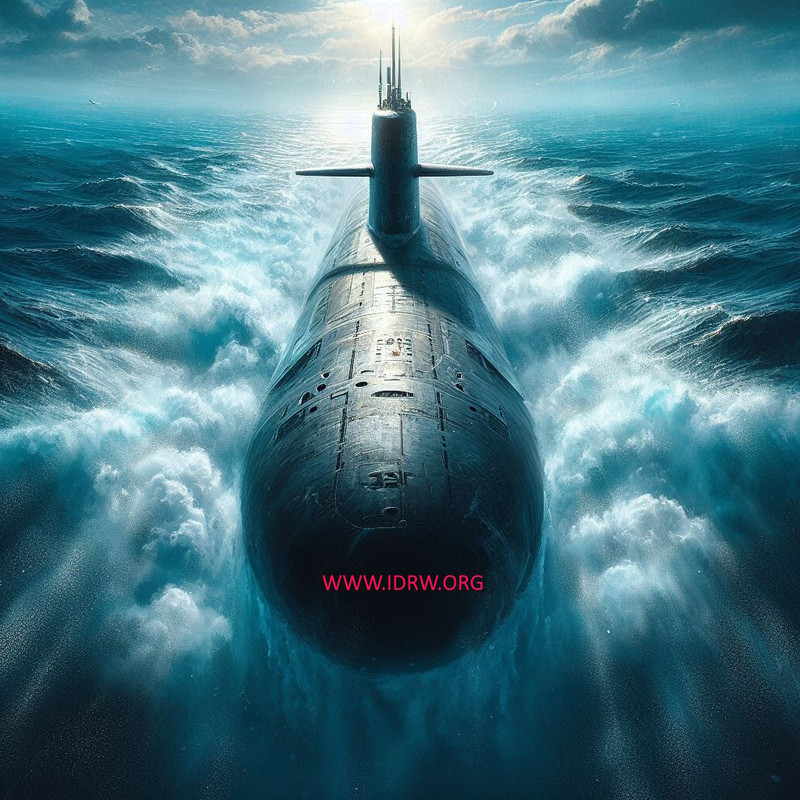
Chief of Defence Staff (CDS) General Anil Chauhan’s visit to France marks a significant milestone in the deepening of bilateral defence cooperation between India and France. During his visit, General Chauhan was given a scheduled tour of the French submarine base at Brest, with a possible extension to Toulouse, showcasing France’s advanced naval capabilities and technology.
The French submarine base at Brest holds strategic importance as the homeport of the ballistic missile nuclear-powered submarines (SSBNs) of the French Navy, known as the Marine Nationale. Notably, four Triomphant-class submarines stationed at L’Ile Longue comprise France’s Force Océanique Stratégique (FOST), which forms the backbone of France’s nuclear arsenal.
Continue readingSOURCE: RAUNAK KUNDE / NEWS BEAT / IDRW.ORG
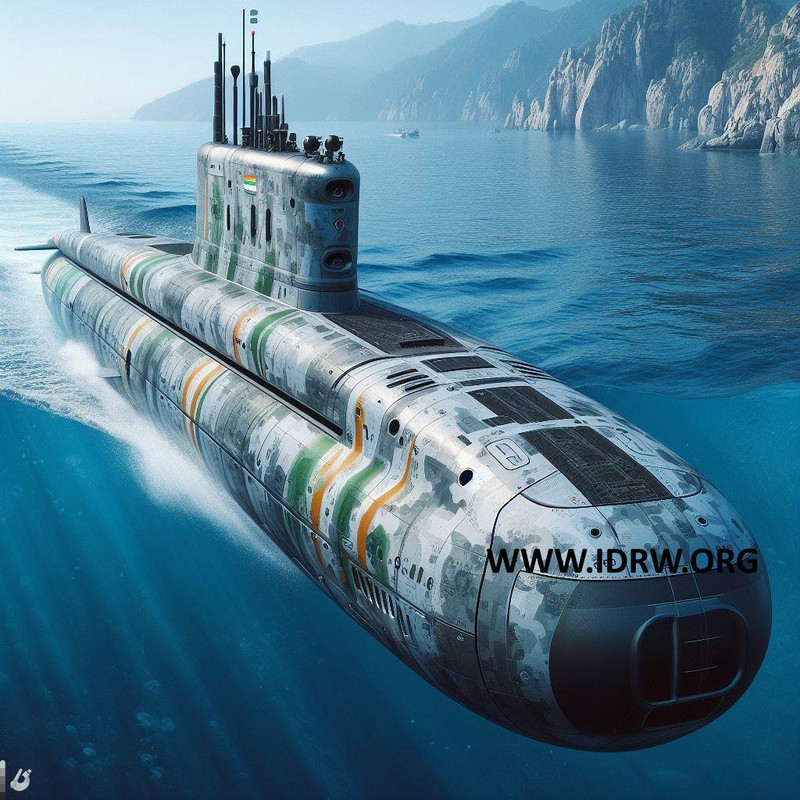
The Indian Navy has set its sights on a future of self-reliance, aiming for complete indigenous construction of its warships by 2040. This ambitious goal signifies a significant step towards India’s strategic autonomy in maritime defence.
Despite advancements in domestic shipbuilding, the Indian Navy still relies on imported components for its warships. Crucial elements like gas turbine engines, sourced primarily from Ukraine or the United States, and key sensors acquired from Israel or Germany, remain a part of the current infrastructure.
Continue readingSOURCE: AFI
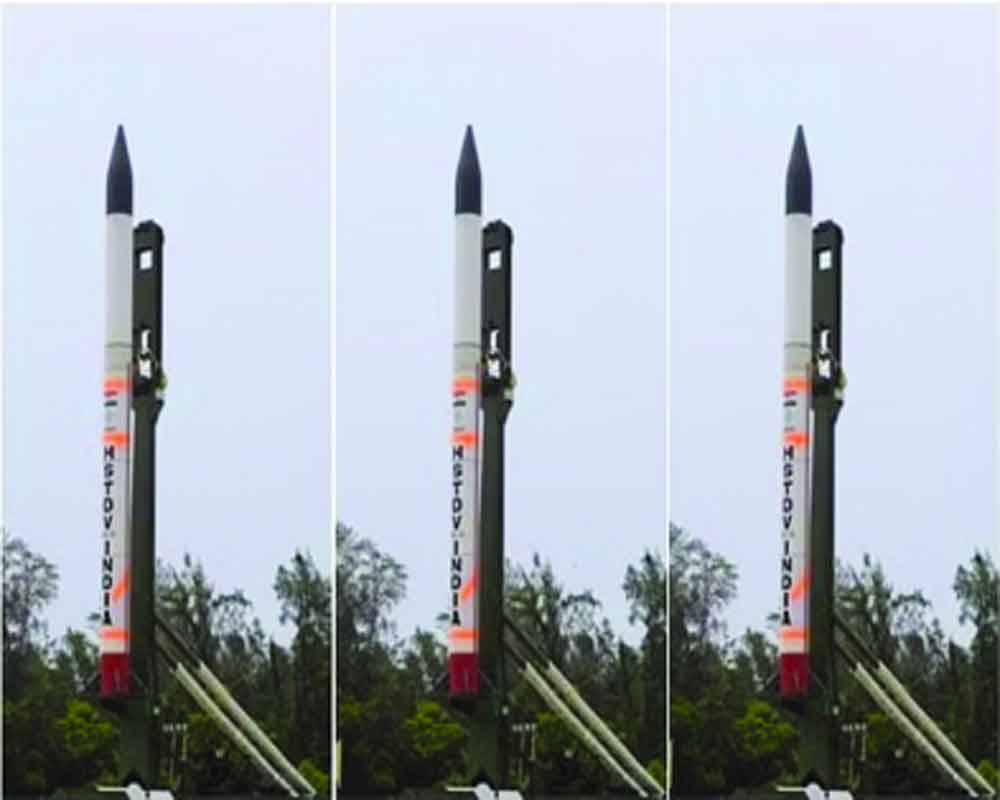
India’s hypersonic missile program is a critical endeavor aimed at propelling the country into the realm of advanced weaponry. Hypersonic missiles travel at speeds exceeding Mach 5 (five times the speed of sound) and possess unique capabilities that challenge traditional defense systems.
India’s hypersonic journey is intertwined with the success of the BrahMos supersonic cruise missile, a joint venture between India’s DRDO (Defense Research and Development Organisation) and Russia’s NPO Mashinostroyenia. The BrahMos-II, currently under development, leverages hypersonic scramjet technology, offering a significant leap in speed and range compared to its predecessor. This hypersonic BrahMos is expected to reach speeds of Mach 6 and strike targets over 1,500 kilometers away.
Continue readingSOURCE: AFI

India’s strategic defenses in the Andaman and Nicobar Islands (ANI) have received a significant boost with the recent upgrade of INS Utkrosh. This naval air station, which plays a vital role in supporting Veer Savarkar International Airport (VSI Airport), has been equipped with new advanced landing systems.
The collaborative efforts of the Indian Navy and the Airports Authority of India (AAI) have resulted in the installation of a new Advanced Landing Guidance System (AFLS), Precision Approach Path Indicator (PAPI), and a Cat II Approach Lighting System at INS Utkrosh. These advancements, coupled with the existing Instrument Landing System (ILS) by the AAI, effectively transform Port Blair Airport into a Precision Instrument Runway.
Continue readingSOURCE: AFI

Armored combat training just got a revolutionary upgrade. Zen Technologies introduces Zen ACTS™, the Armour Combat Training System, designed to propel mechanized force training into the future.
Zen ACTS™ is meticulously crafted to address the rigorous training needs of tank crews. This cutting-edge system delivers unparalleled realism and precision, simulating field craft, battle drills, and tactical gunnery procedures within meticulously crafted scenarios.
Continue readingSOURCE: AFI
The prolonged detention of Commander Tiwari, a naval veteran, due to a pending issue has brought to light the complexities of diplomatic relations and the human cost of such circumstances. While his colleagues returned to India on April 12th after being detained for over five months, Commander Tiwari remains stranded abroad, facing a travel ban that has upended his life and that of his family.
India’s Ministry of External Affairs (MEA) has provided limited clarity on Commander Tiwari’s situation, stating that certain requirements must be fulfilled before his return can be facilitated. The lack of transparency regarding these requirements adds to the frustration and anxiety experienced by Commander Tiwari and his family, who eagerly await his safe return home.
Continue readingSOURCE: PTI
)
Gurpatwant Singh Pannun in the US and the move was approved by the then Indian spy agency chief Samant Goel, according to an investigative media report published on Monday.
Pannun is one of the main leaders of the Khalistan movement and the legal advisor and spokesperson for Sikhs for Justice (SFJ), which aims to promote the idea of a separate Sikh state. The Indian government has declared Pannun a terrorist.
Continue readingSOURCE: ANI

India on Monday strongly protested ‘Khalistan’ slogans at a public event attended by Canadian leaders and said that such disturbing actions will not only impact India-Canada relations but also encourage a climate of violence and criminality in Canada to the detriment of its own citizens. “The Government of India’s deep concern and strong protest was conveyed at such disturbing actions being allowed to continue unchecked at the event.
This illustrates once again the political space that has been given in Canada to separatism, extremism and violence. Their continued expressions not only impact India-Canada relations but also encourage a climate of violence and criminality in Canada to the detriment of its own citizens,” said the Ministry of External Affairs (MEA) in an official statement. India also summoned the Canadian Deputy High Commissioner to the Ministry of External Affairs to raise its concerns over the matter.
Continue readingSOURCE: ANI

Referring to the significant deployment of Indian Navy ships to secure the shipping routes amid Houthi attacks in the Red Sea, External Affairs Minister S Jaishankar on Monday stressed that 21 Indian Navy ships have been deployed in the distressed region and are protecting the international shipping routes, keeping trade costs down, adding that the endeavour has actually upgraded India’s stature in the world.
“With all this tension between people firing missiles and drones and piracy, 21 of our ships are actually on service out there, who are actually protecting international shipping. They keep trade costs down because if you can protect shipping, insurance costs is less, shipping cost is less. So how do you get relevant? And of course, most important, how do you actually get the respect of the world,” EAM Jaishankar said during an interactive session on Northeast India’s integration with Southeast Asia and Japan at Kirori Mal College in Delhi.
Continue readingSOURCE: pti

External Affairs Minister S Jaishankar on Monday said the partition of India in many ways broke the natural connectivity of the northeastern states but in the last one decade the efforts by the Central government has improved the resources in the area.
S Jaishankar was addressing an event in Delhi University’s Kirori Mal College on the topic ‘Northeast India’s Integration with South East Asia and Japan: Balancing Economic Ties and Ecological Conservation’. S Jaishankar said India’s ties with the neighbouring countries like Myanmar and Taiwan, among others in the East Asia has improved in the last decade connecting it with the rest of the world.
Continue readingSOURCE: ians

Union Home Minister Amit Shah said on Monday that the government led by Prime Minister Narendra Modi will implement the Uniform Civil Code (UCC) in the country after winning the ongoing Lok Sabha elections.
Addressing an election rally in Bihar’s Begusarai district, Amit Shah said: “The leaders of INDI Alliance are saying that if they come to power at the Centre, they will bring triple talaq and Muslim personal law in the country. Neither will they form the government, nor will triple talaq and Muslim personal law be implemented in the country. The BJP will retain power and implement UCC in the country.”
Continue readingSOURCE: PIB
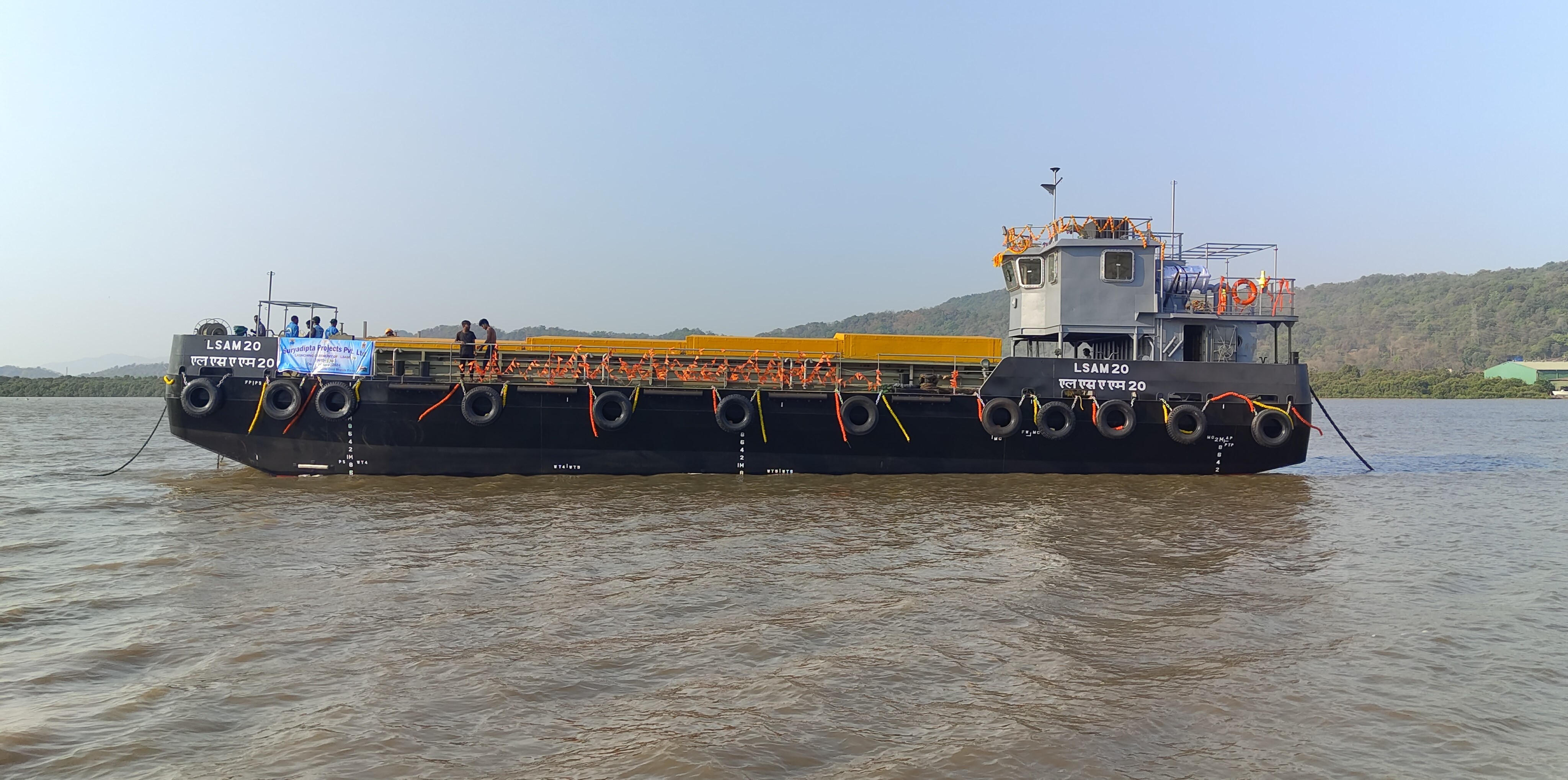
The launch of ‘Ammunition Cum Torpedo Cum Missile Barge, LSAM 20 (Yard 130)’, 6th Barge of 11 x ACTCM Barge Project, built by MSME Shipyard, M/s Suryadipta Projects Pvt Ltd, Thane for Indian Navy, was undertaken on 29 Apr 24 at M/s Suryadipta Project Pvt. Ltd. (launch site of M/s SPPL). The launching Ceremony was presided over by Shri Madhusudan Bhui, INAS, GM NAD (Karanja).
The contract for building 11 x ACTCM Barge was signed between MoD and M/s Suryadipta Projects Pvt Ltd, Thane on 05 Mar 21. The availability of these Barges would provide impetus to operational commitments of IN by facilitating Transportation, Embarkation and Disembarkation of articles/ ammunition to IN Ships both alongside jetties and at outer harbours.
Continue readingSOURCE: PIB
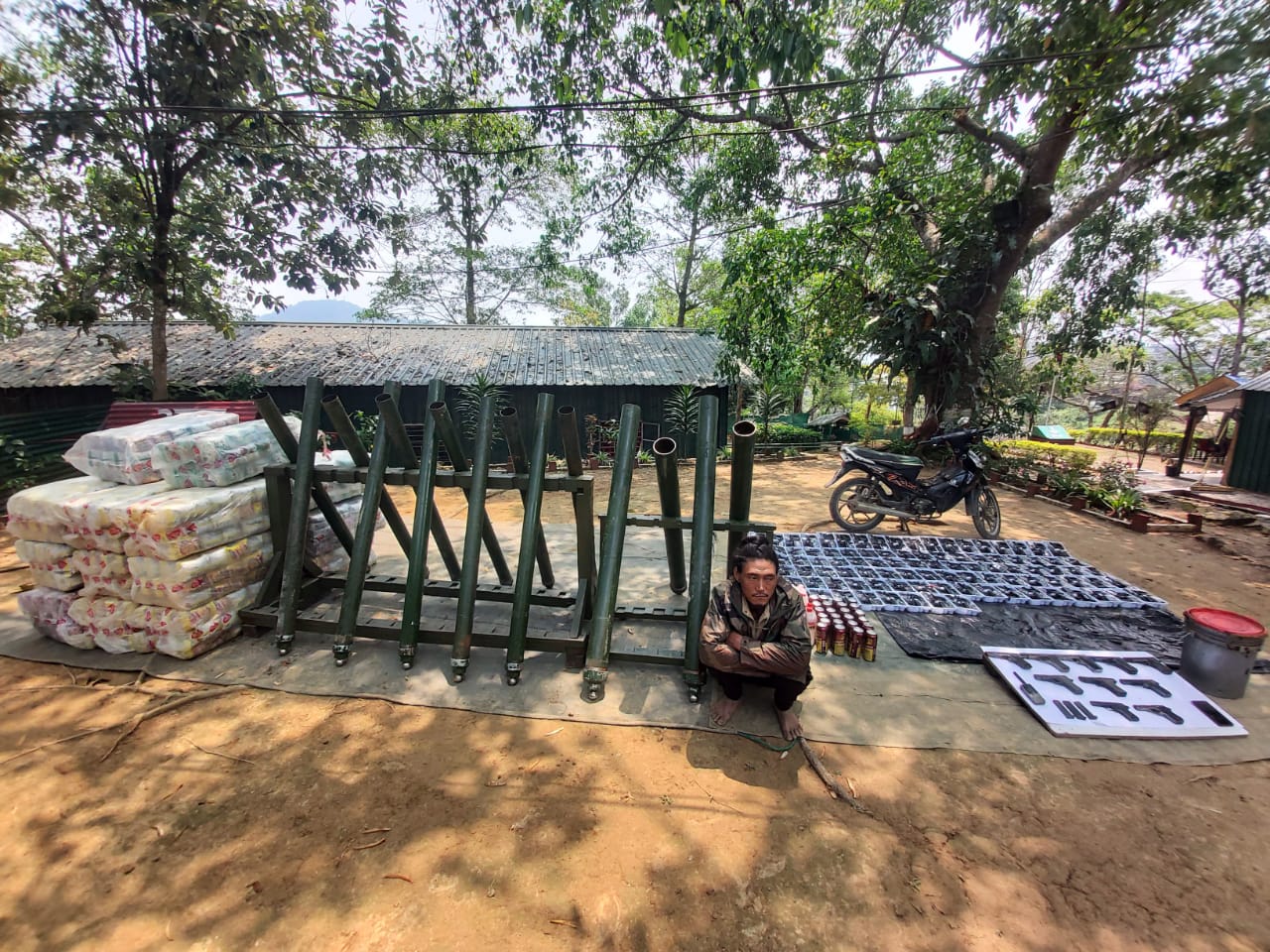
Acting upon specific intelligence inputs, Assam Rifles intercepted huge quantity of arms, ammunition and other war-like stores close to the Indo-Myanmar Border in Mon district of Nagaland on April 29, 2024.
The search operation launched during early morning hours, resulted in apprehension of one individual and recovery of huge quantity of arms and ammunition comprising of 11 Mortar tubes (81mm), 04 Tubes (106mm) 10 Pistols, 198 Hand Held Radio Sets, one satellite phone, one Kenbo bike, one Bolero vehicle and other war-like stores.
Continue readingSOURCE: PTI

Village Defence Guards (VDGs), mostly armed with .303 rifles and bolt action rifles, are highly determined to safeguard their villages from the threat posed by Pakistan-sponsored terrorism and wants the government to equip them with automatic weapons along with enhanced remuneration to take on terrorists effectively.
The VDGs, earlier known as Village Defence Committees (VDCs), were formed in the Jammu region in 1995 to offer self-defence capabilities to villagers in the face of continuous terrorist threats. Under the scheme, each VDC used to have a Special Police Officer (SPO) as its in-charge and there were 10-15 other volunteer members, mostly ex-service personnel.
Continue reading